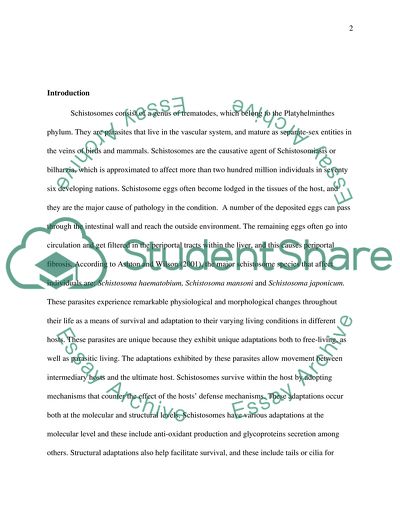Cite this document
(“Review the molecular mechanisms used by adult schistosoma worms to Essay”, n.d.)
Retrieved from https://studentshare.org/health-sciences-medicine/1612743-review-the-molecular-mechanisms-used-by-adult-schistosoma-worms-to-survive-in-the-bloodstream
Retrieved from https://studentshare.org/health-sciences-medicine/1612743-review-the-molecular-mechanisms-used-by-adult-schistosoma-worms-to-survive-in-the-bloodstream
(Review the Molecular Mechanisms Used by Adult Schistosoma Worms to Essay)
https://studentshare.org/health-sciences-medicine/1612743-review-the-molecular-mechanisms-used-by-adult-schistosoma-worms-to-survive-in-the-bloodstream.
https://studentshare.org/health-sciences-medicine/1612743-review-the-molecular-mechanisms-used-by-adult-schistosoma-worms-to-survive-in-the-bloodstream.
“Review the Molecular Mechanisms Used by Adult Schistosoma Worms to Essay”, n.d. https://studentshare.org/health-sciences-medicine/1612743-review-the-molecular-mechanisms-used-by-adult-schistosoma-worms-to-survive-in-the-bloodstream.


